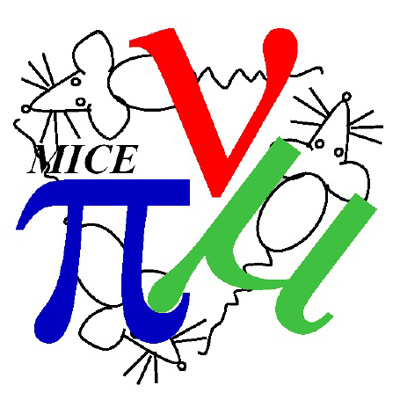Catching up with MICE
Posted on 28 November 2012
Catching up with MICE
 By Mike Jackson.
By Mike Jackson.
From August 2011 to March 2012, I worked with the MICE particle physics experiment on their MAUS analysis software. As part of our consultancy, we do a six month follow-up so I contacted Chris Rogers, the MICE Physics Software Manager to ask about the status of the MAUS components I had worked upon.
Chris said that the Python multi-processing framework I had developed was still in use and "works great" (which was most reassuring!) A team member has been identified to maintain the framework and, until that person comes on line, Chris has been maintaining and extending the framework himself. He commented that "the documentation was good and the tests helped me at least to debug my screw-ups...".
Chris admitted to finding debugging "pretty painful" though, as multi-processing nodes did not return Python's comprehensive stack traces. Having spent eight years working on a client-server application where we only returned to the client information on problems they could fix, force of habit had taken over. However, in MICE, multi-processing nodes need not be treated as remote servers outwith the organisation, so there is no need for such information hiding. Although the single-threaded and multi-processing modes of operation of MAUS are basically the same, the commonality had not been abstracted out. This was a change that was not implemented.
The MAUS front-end I'd developed in Django was currently in limbo. There were problems with installing Django under Apache within the MICE control room, so a simple PHP application was rapidly developed instead. There is an intention to return to this in the future. Chris Tunnell, the MICE Offline Detector Software Coordinator, made a related comment that high personnel turnovers in research projects always seem to result in repeated work.
Chris Tunnell concluded that despite these problems, that MICE was "better with the data quality [components] than we had been before." and Chris Rogers thanked us again for all our "good work".
If you'd like us to collaborate with you on a development project then please check out our open call.
